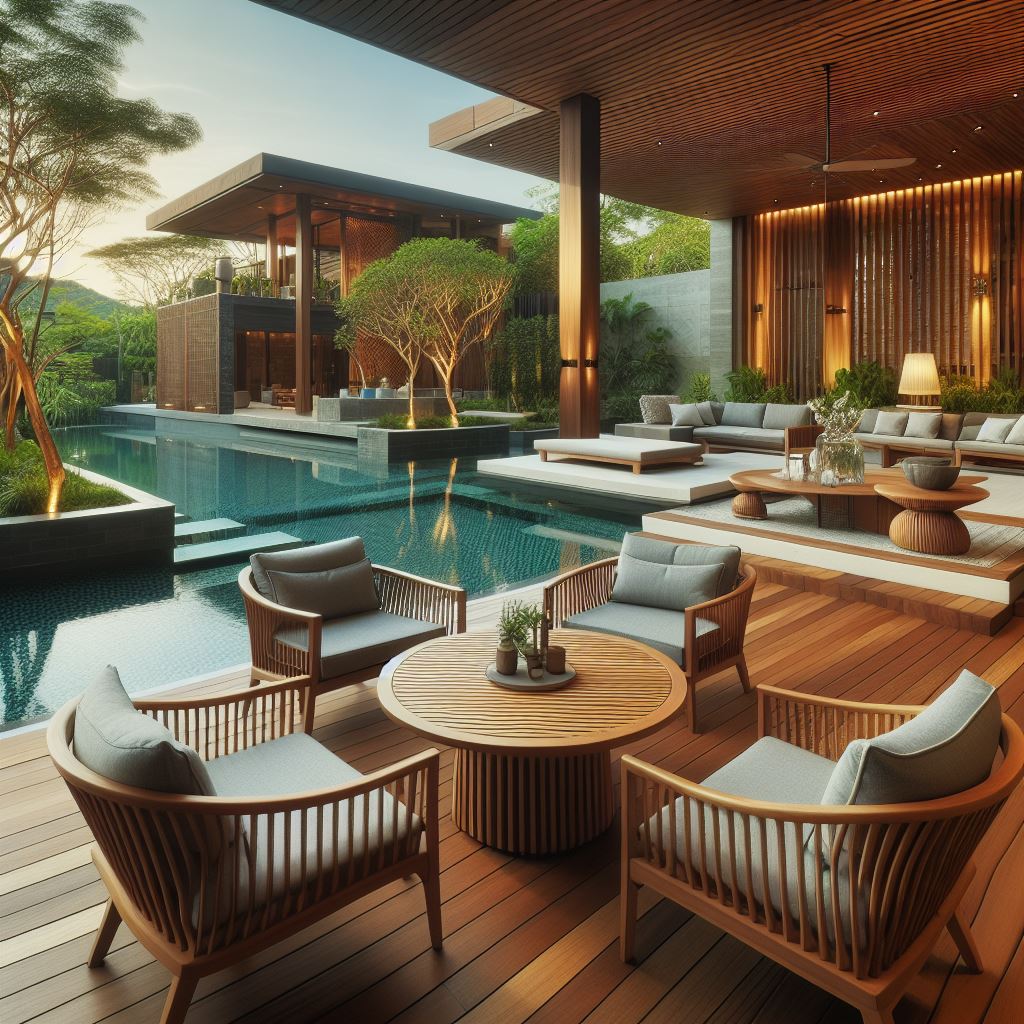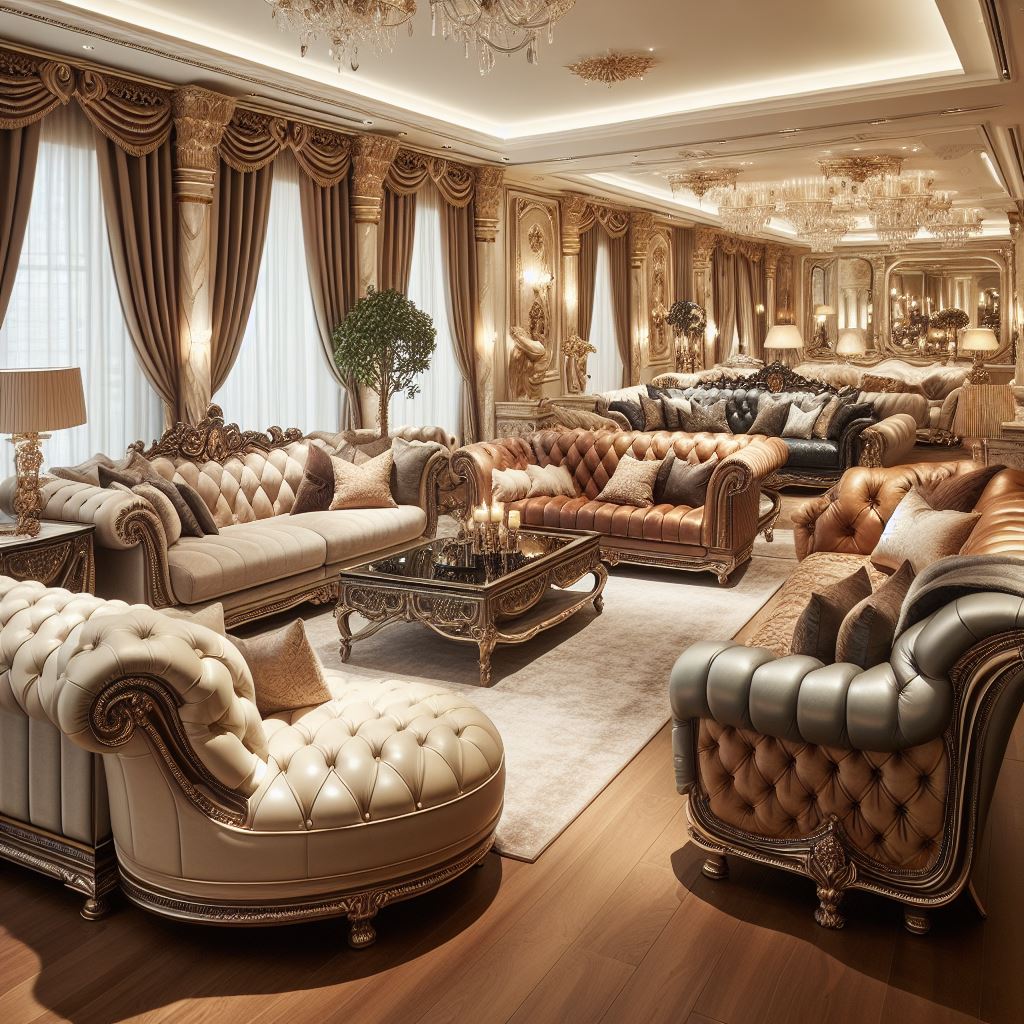In the world of design, the term “contemporary classics” represents an intriguing fusion of tradition and innovation. It encapsulates the essence of timeless aesthetics reinterpreted through a modern lens. These designs offer a refreshing take on conventional styles, injecting new life into familiar forms while honoring the heritage they originate from.
The Evolution of Traditional Designs
Traditional designs hold a rich history that reflects cultural values and societal norms. From ancient civilizations to modern-day cultures, these designs have endured the test of time, embodying craftsmanship and heritage. Over the years, they have evolved, influenced by changing tastes and technological advancements, yet retaining their intrinsic charm.
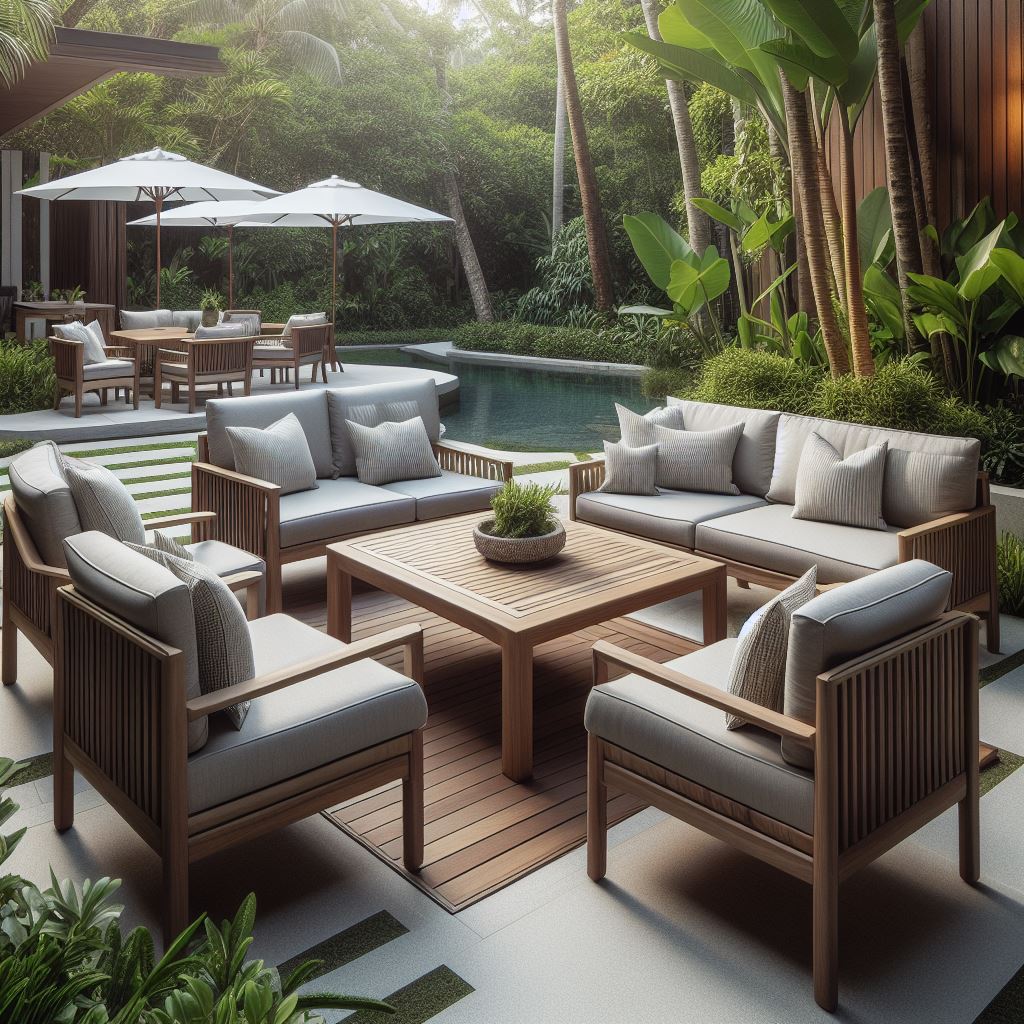
Characteristics of Contemporary Classics
Contemporary classics are characterized by their ability to blend the old with the new seamlessly. They embrace simplicity in form, focusing on functionality without compromising on elegance. These designs often incorporate elements of traditional craftsmanship while integrating modern materials and techniques, resulting in pieces that are both visually captivating and practical.
Examples of Modern Twists
In various domains such as furniture design, architecture, and fashion, contemporary classics have made a significant impact. Furniture pieces inspired by traditional motifs are given a contemporary twist through innovative materials and minimalist aesthetics. Similarly, architectural marvels pay homage to heritage structures while embracing sustainable practices and cutting-edge technology.
Benefits of Incorporating Modern Twists
The incorporation of modern twists in traditional designs offers numerous benefits. By infusing fresh perspectives into timeless aesthetics, designers can create pieces that resonate with contemporary lifestyles. Moreover, these designs promote sustainability by repurposing existing concepts in innovative ways, reducing environmental impact.
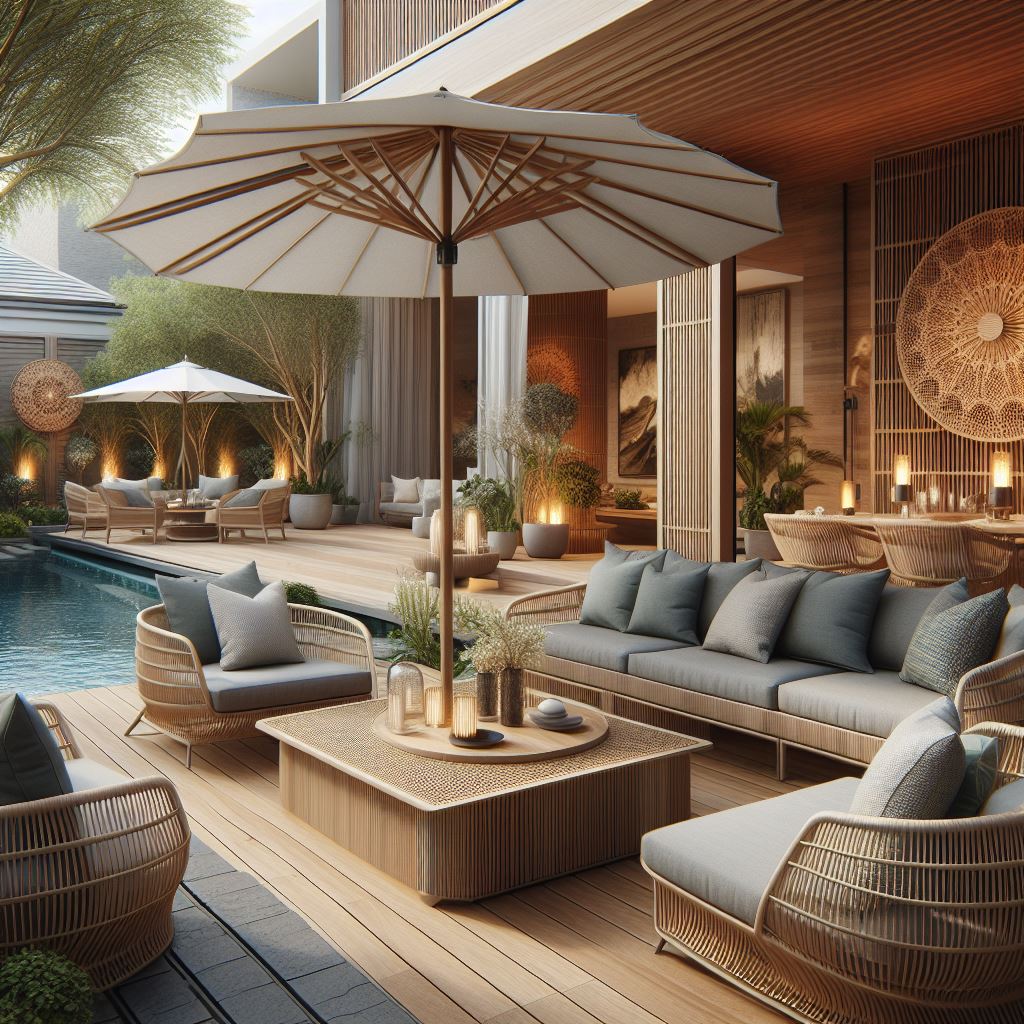
Challenges in Balancing Tradition and Innovation
Despite the allure of modern twists, designers face challenges in striking the right balance between tradition and innovation. Preserving the essence of traditional designs while meeting the demands of a rapidly changing market requires careful consideration. Additionally, maintaining authenticity in the face of commercialization and mass production is a constant struggle.
Consumer Perspectives
Consumers are drawn to contemporary classics for their ability to evoke nostalgia while offering a sense of novelty. The desire for unique, personalized experiences drives the demand for bespoke designs that blend tradition with innovation. Social media platforms play a pivotal role in shaping consumer preferences, highlighting the allure of modern twists on traditional aesthetics.
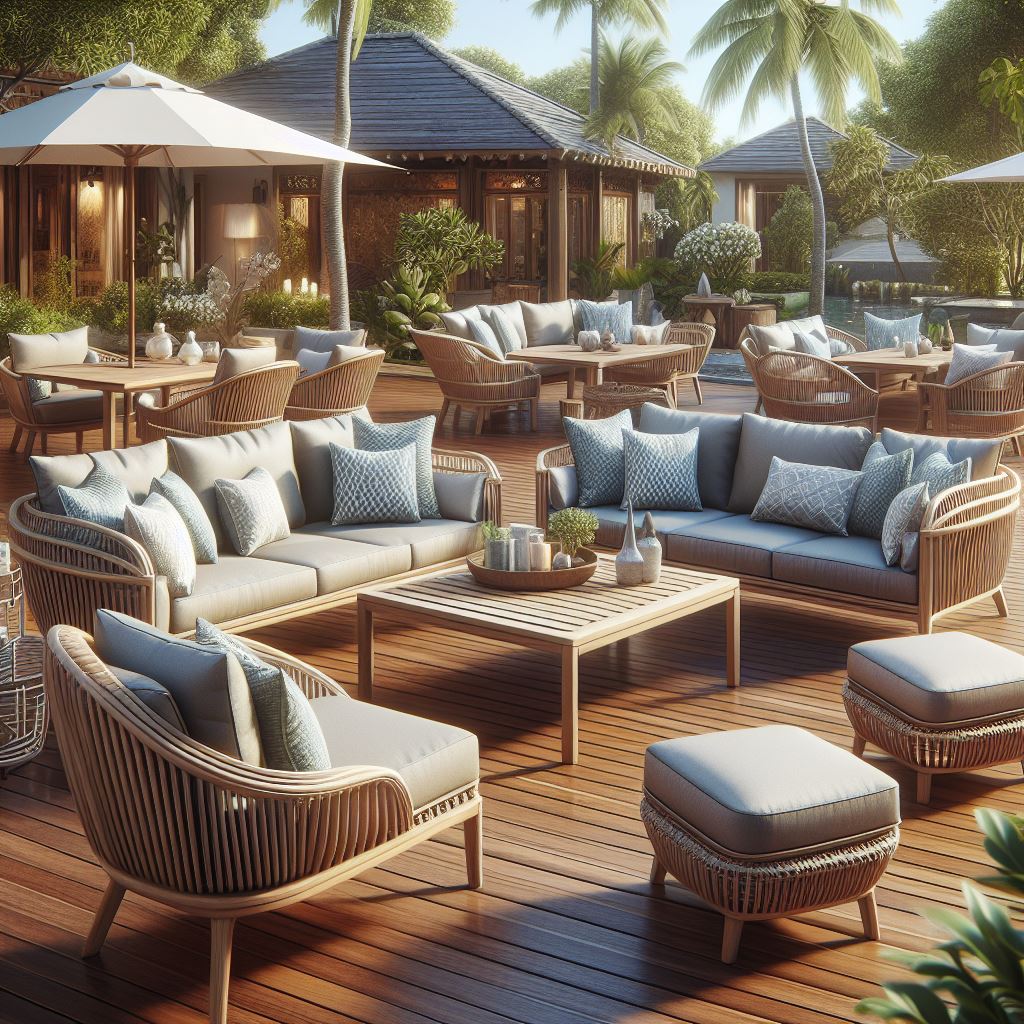
Impact on Design Industry
The emergence of contemporary classics has redefined the design landscape, influencing market trends and shaping future innovations. Designers are increasingly experimenting with hybrid styles, creating eclectic pieces that resonate with diverse audiences. Technology, such as 3D printing and sustainable materials, has revolutionized the production process, opening new possibilities for design exploration.
Case Studies
Iconic examples of contemporary classics abound, from timeless furniture pieces to architectural landmarks. Each tells a story of innovation and adaptation, showcasing the enduring appeal of traditional designs in a modern context. Success stories in design innovation inspire future generations to push the boundaries of creativity while honoring heritage.
The Future of Contemporary Classics
As we look ahead, the future of contemporary classics holds promise for continued innovation and sustainability. Designers will continue to explore new avenues for expression, drawing inspiration from the past while embracing the possibilities of the future. With a focus on authenticity and environmental consciousness, contemporary classics will remain at the forefront of design evolution.
Conclusion
Contemporary classics represent a harmonious blend of tradition and innovation, offering a fresh perspective on timeless aesthetics. By infusing modern twists into traditional designs, designers create pieces that resonate with contemporary lifestyles while honoring heritage. As we navigate the complexities of the modern world, these designs serve as a reminder of the enduring beauty of the past, reimagined for the future.
FAQs:
- Are contemporary classics only limited to furniture and architecture? Contemporary classics encompass a wide range of design domains, including fashion, interior decor, and even technology.
- How can consumers identify authentic contemporary classics? Authentic contemporary classics are characterized by their thoughtful blend of traditional and modern elements, superior craftsmanship, and timeless appeal.
- What role does sustainability play in contemporary classics? Sustainability is increasingly becoming a focal point in contemporary design, with designers prioritizing eco-friendly materials and production methods to reduce environmental impact.
- Can contemporary classics be customized to suit individual preferences? Yes, many contemporary classics are available in customizable options, allowing consumers to tailor designs to their unique tastes and requirements.
- How do contemporary classics influence design trends? Contemporary classics set the tone for design trends by showcasing innovative approaches to tradition, inspiring future generations of designers to push the boundaries of creativity.
